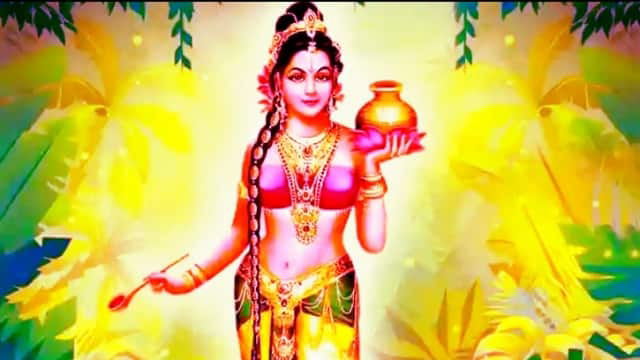How many times Vishnu took mohini avatar

1. According to Hindu mythology, Lord Vishnu took the Mohini avatar . It is said that when the Devas (celestial beings) and the Asuras (demons) were churning the ocean to obtain Amrita (nectar of immortality), a fierce battle ensued between them over the sharing of the nectar. In order to prevent the Asuras from obtaining the Amrita, Lord Vishnu took the form of Mohini, a beautiful and enchanting female form, and offered to distribute the nectar. The Asuras were so mesmerized by her beauty that they agreed to let her distribute the nectar. However, Mohini cleverly distributed the Amrita only to the Devas, who were thus able to gain immortality. This is the story of how Lord Vishnu took the Mohini avatar and helped the Devas obtain the nectar of immortality. 2.Bhasmasur was a demon who received a boon from Lord Shiva that whoever he touched on the head would turn into ashes. However, he soon turned on Lord Shiva and wanted to test his new power on him. To protect himself, Lo...